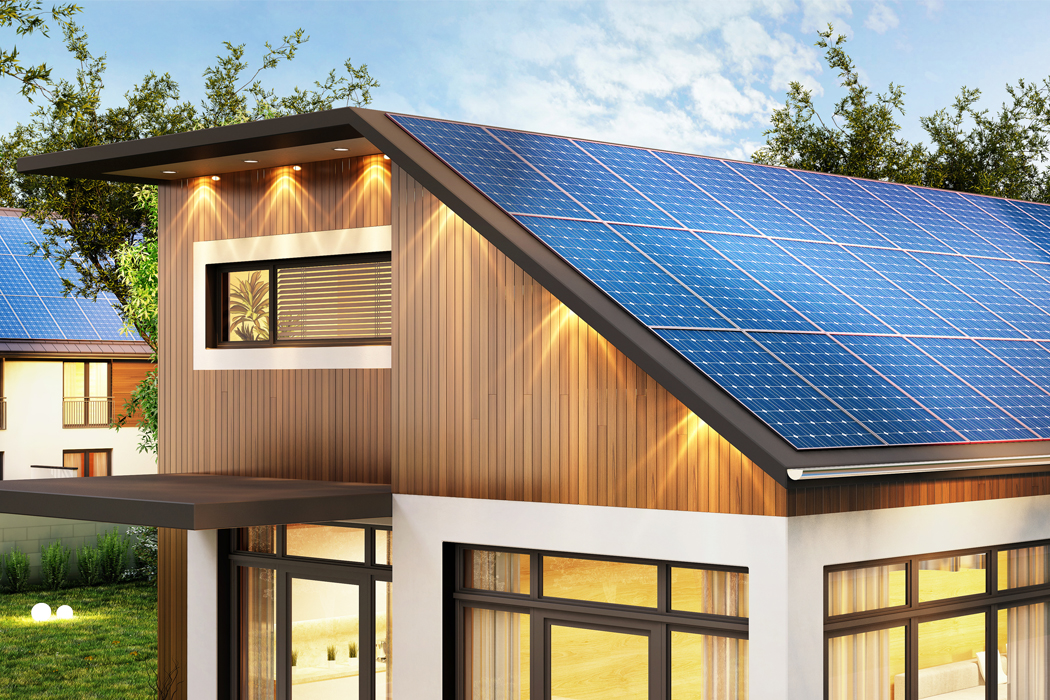Photovoltaic Solar Panels
Photovoltaic solar panels consist of multiple solar cells (usually 60 or 72). The cells are made of crystalline silicon just like the electrical components in consumer electronics such as cell phones and TV’s. These crystalline cells consist of two layers which are intentionally “doped” with impurities. This results in a positive layer and a negative layer of silicon. When these layers are placed together they create an interesting phenomenon whereby a photon from sunlight hitting the cells will release an electron from its atom and allow it to be attracted by the opposing layer. By connecting metal conductors to the layers, this allows this freed up electron to be captured as electricity!
Basics of Electricity
PV solar panels generate DC (direct current) electricity. With DC electricity, electrons flow in one direction around a circuit. This is similar to how batteries work.

With AC (alternating current) electricity, electrons are pushed back and forth through a circuit alternating direction 60 times per second. This is the type of electricity you use in your home. AC is specifically used for power grids because it works with transformers. Transformers allow you to easily increase or decrease the voltage in your circuit. Using transformers to create very high voltages is necessary for transmitting power over long distances.
I’m sure by now you’ve noticed that solar produces DC electricity, but we need AC electricity to use in our homes. How do we overcome this? The answer, is by using inverters.
